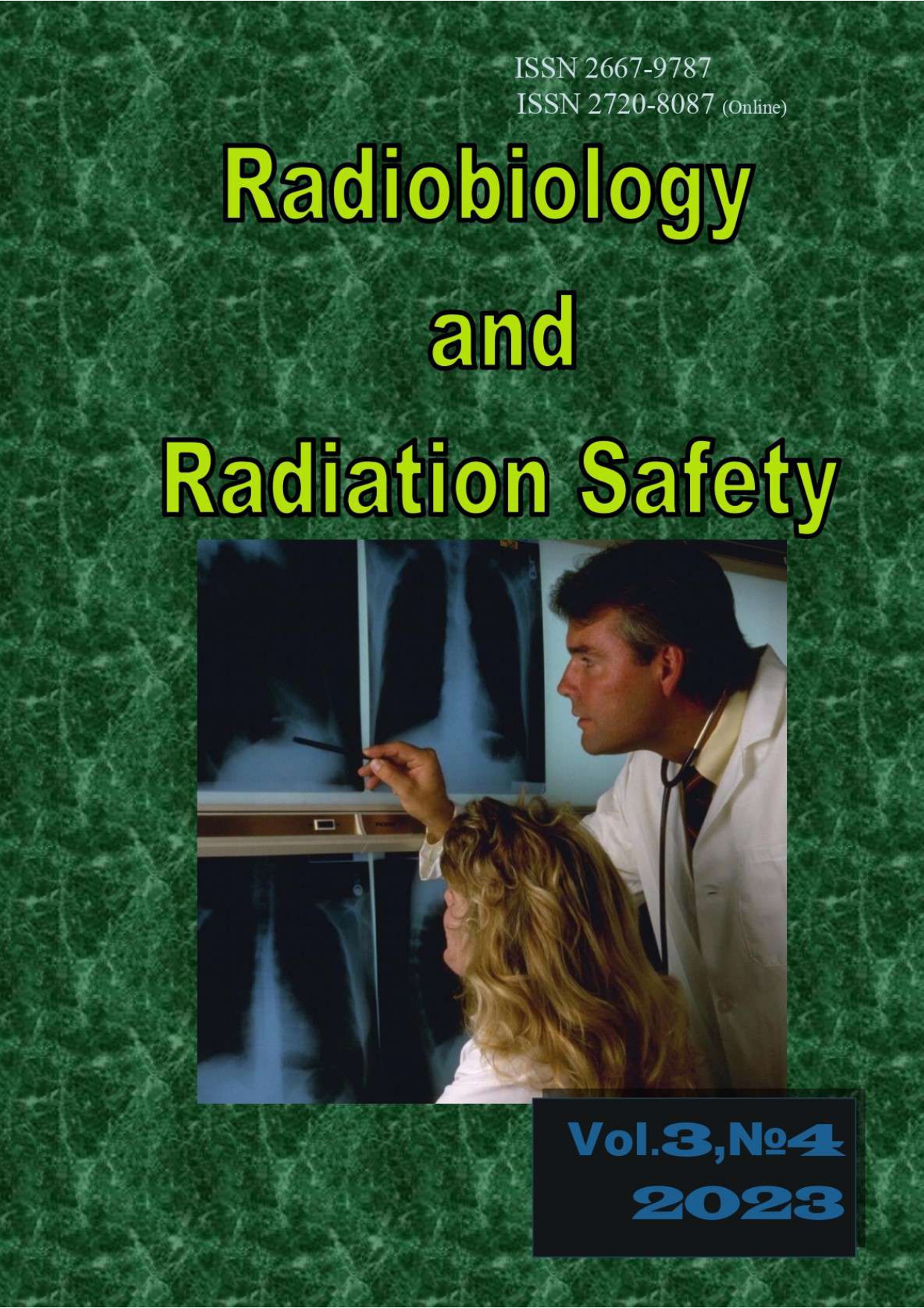A Retrospective Analysis Of Ct Colonoscopy Of 7 Years Experience In A Clinical Practice
Keywords:
Virtual CT Colonoscopy, Virtual Colonoscopy, CT ColonographyAbstract
Timely diagnosis of cancerous and non-cancerous colon diseases is one of the pressing issues of modern medicine. Colorectal cancer is a significant problem for the world population due to its high prevalence and mortality rates and the considerable financial costs associated with this disease, and its possible complications. CT colonography is a highly informative and less invasive imaging method of the large intestine. Despite worldwide implementation into clinical practice, especially in the USA and Western European countries, it is rarely used in Georgia. The study aims to increase the effectiveness of diagnosing pathologies of the large intestine in our country by promoting the widespread implementation of the CT colonography method in clinical practice and improving the techniques of conducting the study and interpreting the results. The study took place in the Batumi referral hospital, where CT colonography was introduced into clinical practice in 2015, after which it has been actively used and becoming more popular daily. The material was collected from May 15, 2015, to October 31, 2022. A total of 352 CT colonography were performed in the mentioned period. By analyzing the data of our examined patients and statistical processing, we obtained the following results: sensitivity of CT colonography in the diagnosis of congenital anomalies of the colon is 98.0%, specificity - 100%, diagnostic accuracy - 98.2%; in the diagnosis of diverticula, respectively: 92.3%, 95.1%, 92.7%; In the diagnosis of polyps: 87.3%, 85.6%, 85.9%. Based on the obtained results, it can be concluded that CT colonography is an accurate, highly informative, and less invasive method of colon examination; Colorectal cancer screening performed with it is less invasive, less timeconsuming, and as effective as optical colonoscopy; one of the most prominent advantages of CT colonography is the ability to detect non-intestinal pathologies. Improving the technical parameters of CT colonography will allow us to reduce radiation exposure levels for patients while maintaining image quality.



